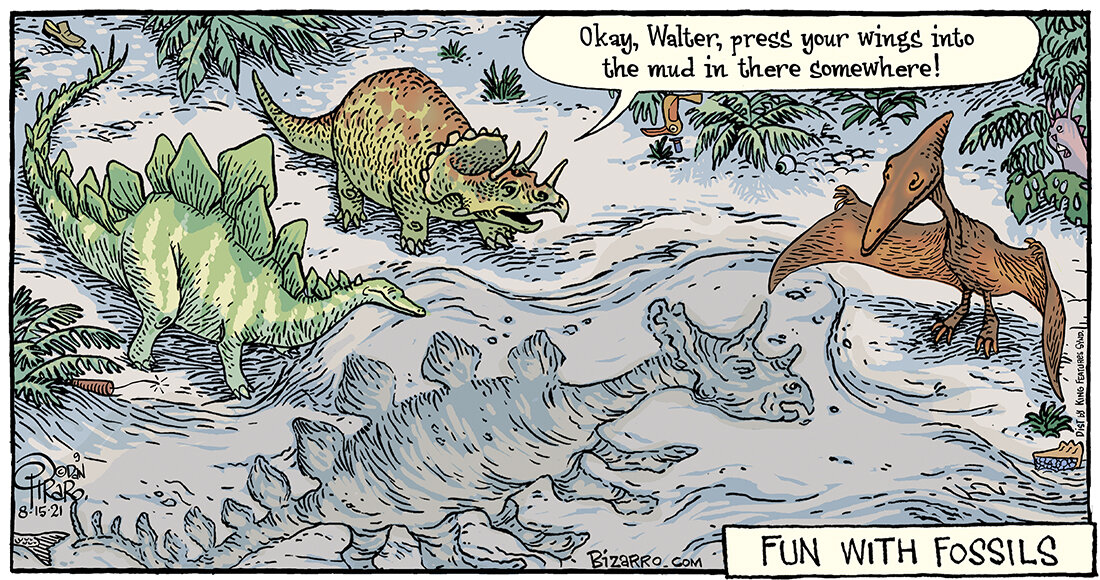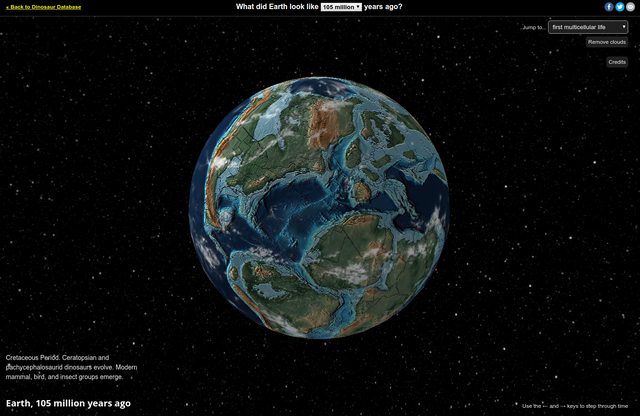It's not about how deep the fossils are, it's where the right layers are exposed on the surface for you to find, no digging required! Not sure where exactly you are, but if it isn't a far drive to Glen Rose, Dinosaur Valley State Park would be a great place to start your paleontological journey. It preserves a nice stretch of Cretaceous shoreline, in which dinosaur footprints are often visible, including arguably the first sauropod tracks ever to be firmly identified as such back in the late 30s.
Only $8 to get in.
Or if 50 miles south is code for Hillsboro, you have a pretty cool little museum right there in town:
https://texasthroughtime.org/visit-us/ Admission is free, and though their focus is on the local Permian fossils, if your cousin likes dinosaurs they probably won't turn down a Dimetredon. I know I sure wouldn't.
Driving the other way, another case of not exactly dinosaurs, but the Waco mammoth site is very well known to paleontologists, and is now a national monument.
Or if you don't want to drive anywhere at all, check out the interactive map at
https://txpub.usgs.gov/txgeology/ to find your backyard and figure out what formations you have all around you. There is no shortage of beautiful Cretaceous deposits anywhere in your region.


